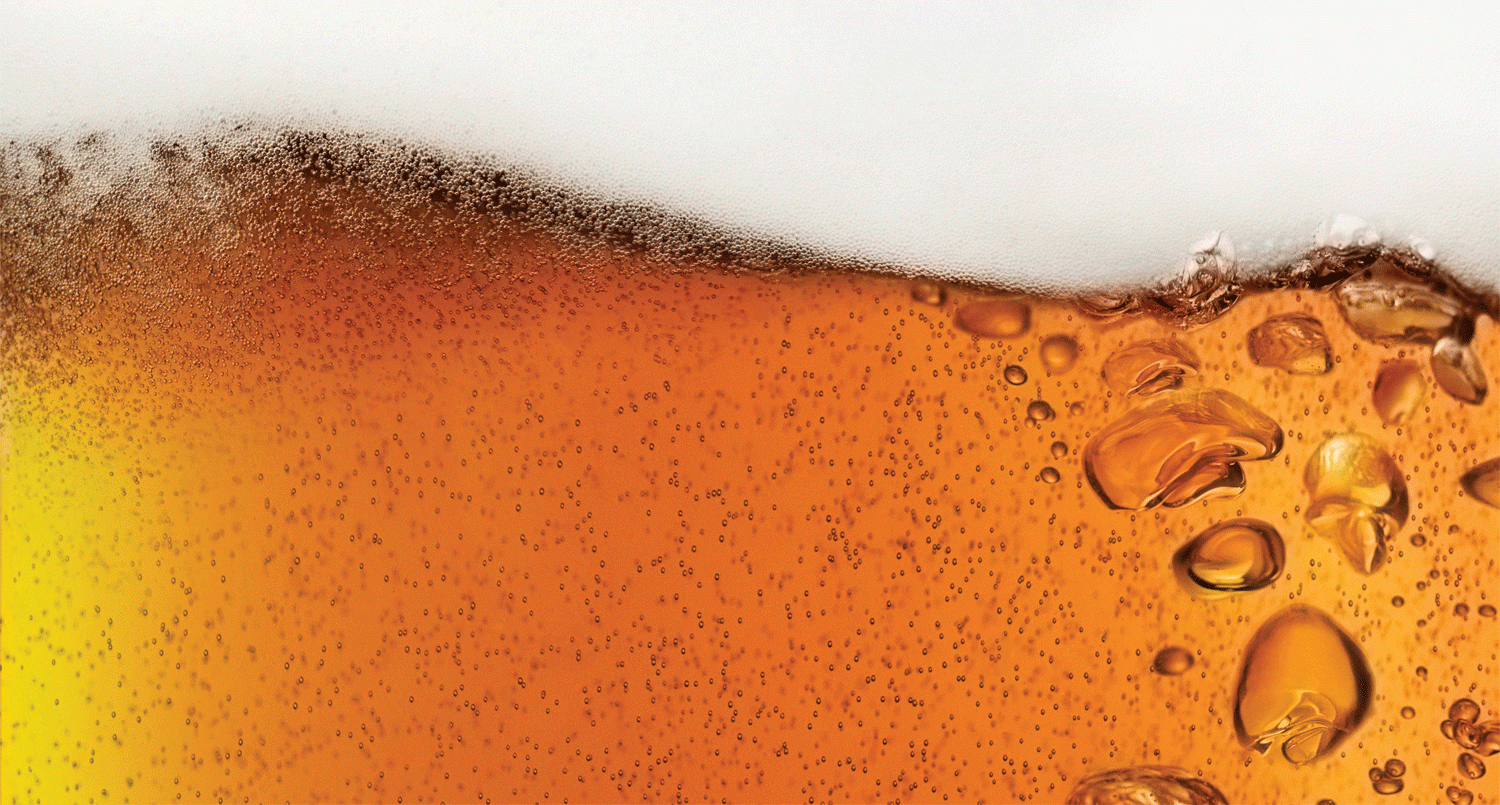Did you know, beer is the only alcoholic beverage that will form a lasting foam?

The foam or as we call it – the head, of a beer plays an extremely important role, other than taking up space in your glass. The head is the layer of foam and bubbles that sits on top of your beer when it is poured into a glass. However, despite popular beliefs, the head and the carbonation level of a beer are two very different things.
As a consumer, the head is a crucial factor that elevates your drinking experience. The flavors that you taste and the aromas that you smell are often intertwined with one another that sometimes you'll be tasting a flavor that is actually in fact, detected in your nasal passage instead. The head elevates this flavorful sensation by lifting the aromas from the bottom of the glass to the surface. Every bubble that pops releases a burst of aroma, influencing your expectation of the beer itself. When the beer first approaches your tongue, the head itself acts as a soft and fluffy pillow, creating a rounded sensation, softening your palate and spreads that flavor across your tongue.

Whilst the carbonation in your beer is either naturally produced by yeasts or force carbonated by brewers, the head is separate from it. Ever wondered why you get the same carbonation in a soda or cider, but never the head? The head of a beer is produced with a combination of proteins, yeasts, and hop residues, which is unique to beer. The head consists mainly of proteins, with one particular protein – Lipid Transfer Protein 1 (LTP1) that is essential in forming a head. It is naturally found in barley and it has a high rate of hydrophobicity (doesn't like water). It often find ways to cling onto the rising CO2 bubbles and rises to the surface. Once it reaches the surface, the protein forms a coating around the bubble keeping it afloat and maintains the foam.
The proteins also interacts and links up with hop acids, providing a more steady and rigid foam. The retention of the head is also dependent on the amount of proteins in your beer, which is the reason why wheat beers tend to have a more lasting retention as there is an abundant amount of proteins in wheat.

Although the head is separate from the carbonation, the production of foam is entirely dependent on the level of carbonation. Guinness for example, uses a combination of nitrogen and CO2 to carbonate their beers. As nitrogen has much finer and smaller bubbles than CO2, it creates a fluffier and creamier head.

Aside from the head, I would also like to pour the beer straight down a glass to release the CO2 within a beer. By pouring straight down a glass, CO2 will be released as bubbles. This reduces the acidic taste and prickly sensation that is often produced by CO2 and also allows you to consume less CO2 into your body as an excessive amount will agitate your stomach. However, that being said, a beer is often poured at 45 degrees and straighten up at the end for the head (so we can get to drinking it faster!).
So the next time you are having a beer, remember to pour it into a glass and embrace the foam! It is a natural sensation that is mostly unique to beers that could heighten your perception and improve your drinking experience.



